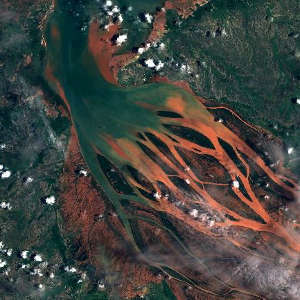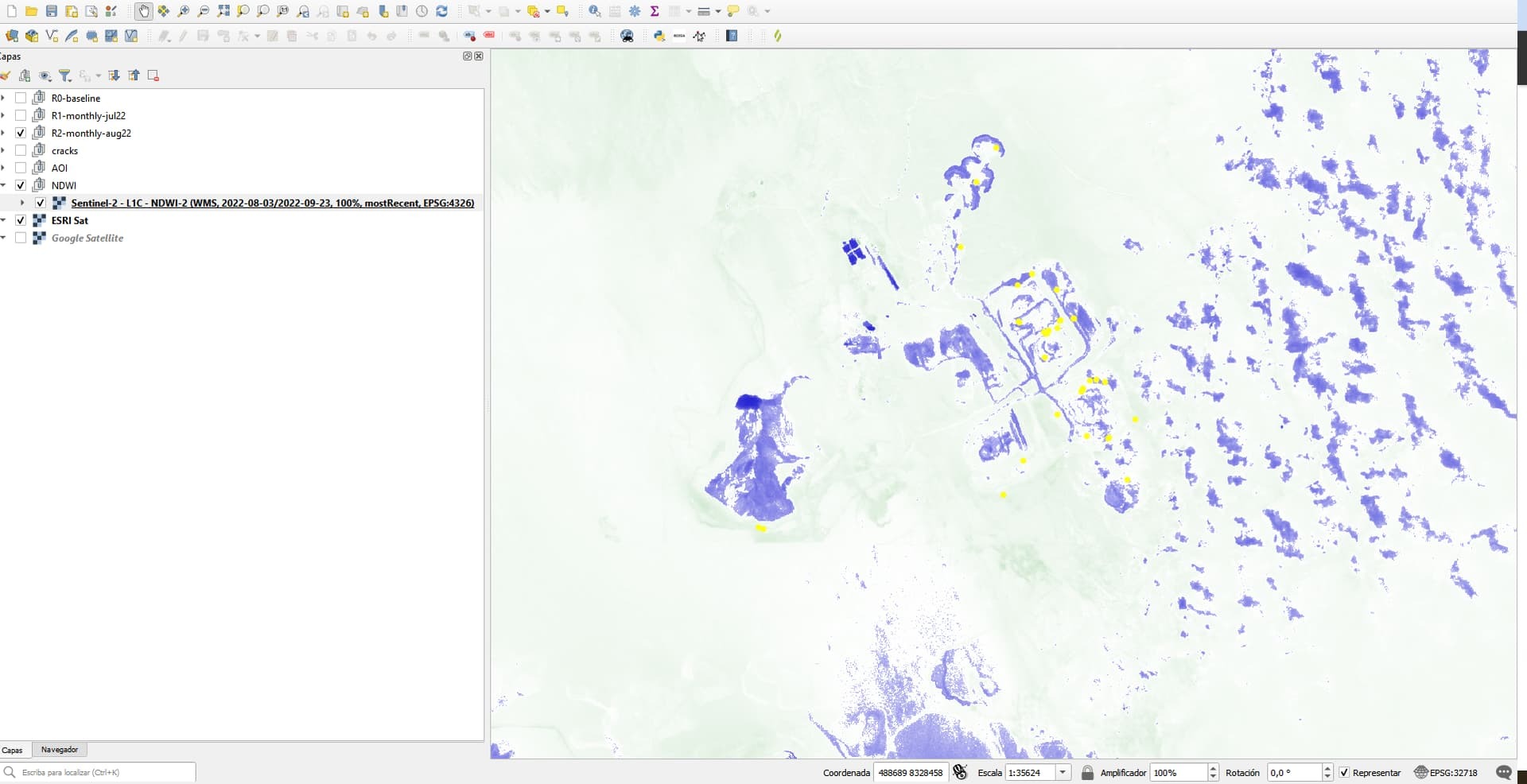Hi!
I am having trouble in obtaining the same image in the QGIS throgh the plugin compared to the EO browser for the NDWI. I have gone through some posts and the proposed scripts but it does shows the same image still… neither the custom scripts stored in the custom scripts repository, it is all black in the background.
I would really appreciate some help, I am quite new with the tool.
Thanks in advance!



